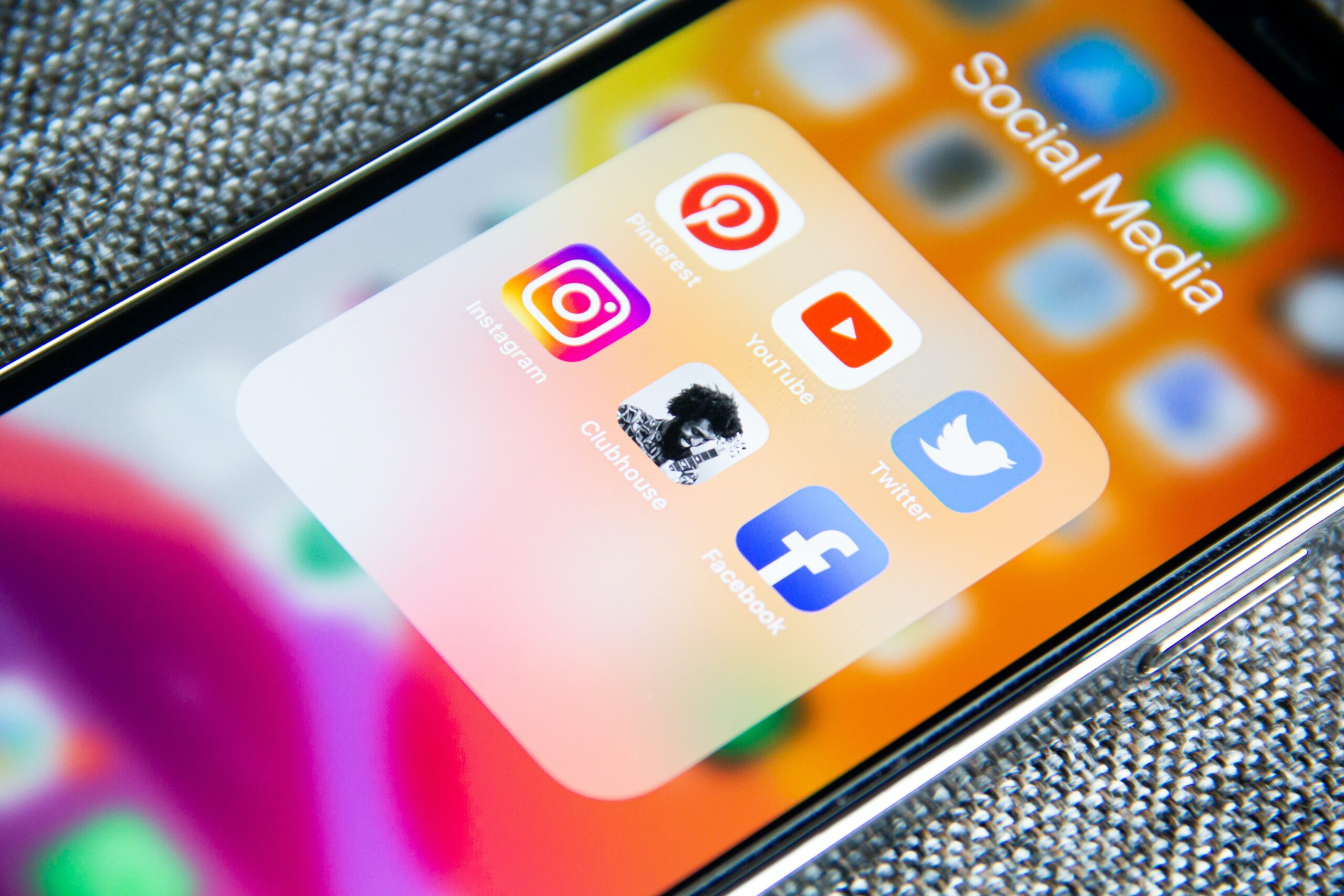When the first significant wave of concern about COVID-19 invaded the United States, most people hoped they would go home for a couple of weeks, wait it out like a blizzard, and then spring back to work in a business-as-usual format.
Over a year later, that is not the case, and investing in advertising is just one way in which the world has changed as a result of the coronavirus.
Most involved believe there is a bigger impact upon ad investing than during the Great Recession. Cinema and print advertising were especially affected. Digital advertising is being given greater priority. Despite any changes in ad-buy allocation, the data companies utilize to make their marketing decisions may no longer be as accurate. Products or services may have changed to adapt to the world of today and will be retained in that fashion in the foreseeable future.
Advertising spends with the highest percentages are digital and television, followed by out-of-home, radio, newspaper and magazine placements.
Some companies are focusing on lifestyle ads more and more in the hopes of luring new customers and retaining loyal ones enamored with the vibe of the brand. Messaging is increasingly being adapted to focus on a company’s mission and attempting to provide value and worth in a world where consumers want to derive purpose from brands, but also escape from the current reality in general.
As consumers have spent an increasing amount of time at home working, playing and isolating, the shift to in-home advertising channels has followed. Consumers may be spending the entire workday at home on the computer versus interacting in person at the office, so it stands to reason that advertisers are focusing their efforts to reach prospects where they actually are, versus where they may want to be.
As a result, the advertising market segments markets most negatively affected by the world’s changes are travel & tourism, retail, restaurants, automotive and fashion.
Companies that can promote their own real transformation, whether in product line, authentic diversity & inclusion measures or ways to reach their target audiences do have something to say that can resonate with their audience and break through the clutter of hollow messages.
The pandemic has caused companies to throw out their game plan and start anew. Their playbook now includes approaches that take a cautious approach to future ad buys, a desire for more flexible pricing and contracts from publications with insertion orders, a more intent look at campaign effectiveness, innovative and new ideas away from their tried-and-true approaches and depending more upon the immediacy and fluidity of digital media.
One survey showed that only about 4% of more than 700 senior marketers surveyed believe there will not be a lasting effect on their media and advertising investment approaches because of COVID-19. The majority believe there will be greater emphasis on ensuring and evaluating the effectiveness of campaign success since there are not funds to spare in most cases and decisions must be increasingly selective.
Marketers readily acknowledge the dedication to being more innovative with marketing technology and trying new tactics, messaging and channels in today’s world and moving forward without a pandemic end date in sight.
Digital media’s immediacy and flexibility can provide a more agile landscape for advertisers, especially compared to the lead time for print. When the pandemic began, companies may have had significant advertising buys arranged through traditional channels that were then redirected to digital channels or postponed.
Through the pandemic journey, customers pivoted along with them and became more receptive to being reached in new ways, perhaps in their Inbox or social feed.
Major exceptions in profitability exist — such as Amazon and social media channel operators — but the COVID-19 impact for most resulted in advertisers now having more limited financial resources. Companies are more cautious in future planning, with greater consideration for purpose-led ads and owned media arrangements.
Owned media are the channels of communication owned or controlled by a brand — such as a company website, blog, newsletters, literature, mobile applications and so forth. This contrasts with paid media, the arranging of paid publicity through advertisements, brand placements and paying influencers to promote a product. These placements include television, radio, newspaper, paid ads on social media sites and search engine advertisements. The third pillar, earned media, is also a contributor to advertising decisions. If an organization can successfully prompt voluntary brand promotion and publicity by influencers or news entities, trend on social media or target audiences in an organic, viral sense, funds can then be reallocated to other advertising endeavors.
Throughout 2021, budgets for online channels will continue to grow as advertisers strive to continue to make a personal impact with their customers, devoting more limited financial resources in the most effective manner possible.



